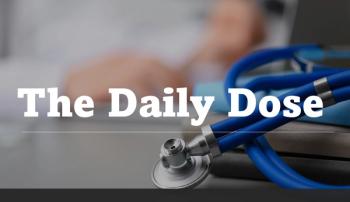
Your daily dose of clinical news you may have missed.

Your daily dose of clinical news you may have missed.

Your daily dose of clinical news from Patient Care Online.

CMHC 2022: A decrease in vitamin D levels is associated with increased cardiovascular risk in patients with type 2 diabetes, according to new study.

Analysis of national health data found that 16.5% of all adult insulin users skipped doses in the past year.

Weight loss of at least 5% to 10% for persons with T2D is realistic and essential, says Nisa Maruthur, MD, MHS, coauthor of the new ADA/EASD consensus report.

Nisa Maruthur, MD, MHS, a primary care physician and consensus report coauthor, discusses elements of the most effective care for patients with type 2 diabetes (T2D).

Novel NMDA receptor antagonist approved for the treatment of major depressive disorder, first topical PDE4i approved for plaque psoriasis, and more.

Hospital admissions among patients with T2D taking basal insulin only were reduced by 67% one year after beginning treatment with the CGM system.
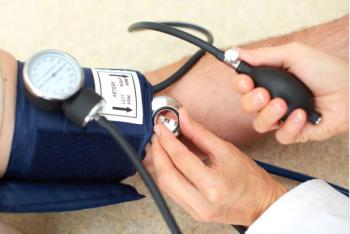
Blood pressure-lowering therapy reduced the risk of major CV events in persons with and without type 2 diabetes, according to an individual participant-level data meta-analysis.
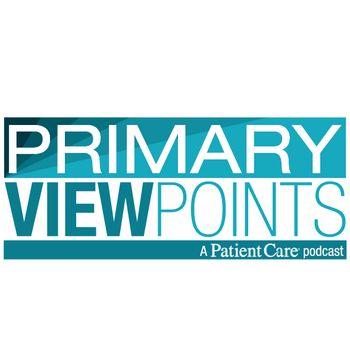
"Primary Viewpoints," a podcast from Patient Care Online, brings you an exclusive interview with Hiddo Heerspink, PhD, PharmD.

A new study found patients with T1D and T2D had a greater risk for stenotic lesions, whereas risk for valvular regurgitation was lower in those with T2D.

ADA 2022: Patients with T2D who received a treatment intervention powered by artificial intelligence achieved a remission rate of more than 80%.

ADA 2022: "Breakthrough" findings may help to address the unmet need for additional treatment options for young patients with type 2 diabetes.

ADA 2022: Younger age, insulin use, higher HbA1c, and higher diabetes distress were found to be associated with CGM uptake in prospective study.

ADA 2022: In a new literature review, 43% of studies included identified diabetes as a potent risk for developing post-acute sequelae of COVID-19.

ADA 2022: Tirzepatide led overall to weight loss of up to 22.5% of baseline body weight with persons taking the 15 mg dose losing an average of 52 pounds.
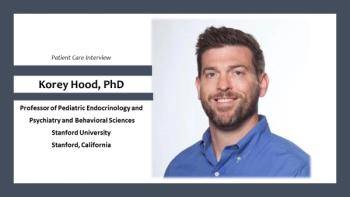
Compare, contrast, price shop, prescribe. DiabetesWise Pro developer Korey Hood, PhD, highlights the tool all primary care clinicians should try.

Mikhail Kosiborod, MD, a cardiologist and Neil Skolnik, MD, a primary care physician, agree that whoever is seeing the patient should prescribe the drug that is needed.

Lowering thresholds for BMI value and age of first diabetes screening among large US minority populations could greatly increase rates of diagnosis and improve care.
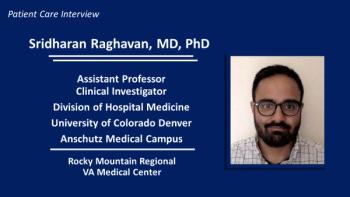
HbA1c levels over time were found higher at initiation of second-line treatment in veterans aged 55 years and younger, a trend unsettling to a new study's lead author.
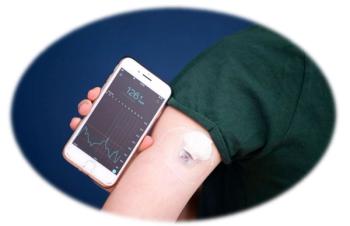
The wearable device allows users to monitor their health while also performing their regular daily activities.

SAMPLE: What was the first FDA-approved CGM system to include a fully implantable sensor to detect glucose?

PCPs and internists accounted nationally for 57% of SGLT2i and 52% of GLP1RA prescriptions in 2020, more than any other specialty, according to new research.
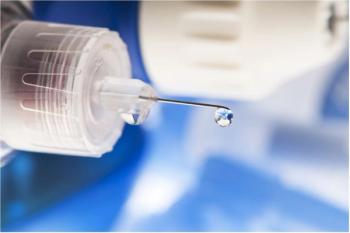
The ONWARDS 2 trial achieved its primary endpoint of demonstrating non-inferiority in reducing HbA1c at week 26 with insulin icodec vs insulin degludec.
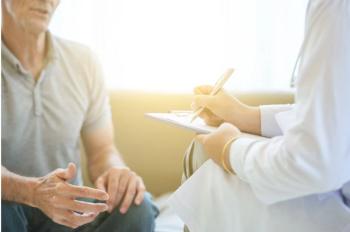
Researchers developed polygenic risk scores for 6 common diseases and informational resources to help primary care physicians incorporate them into clinical practice.